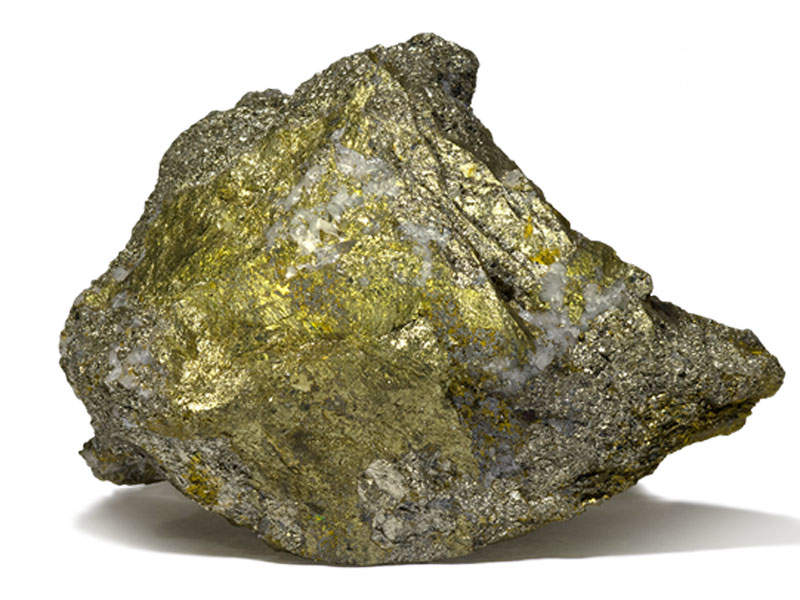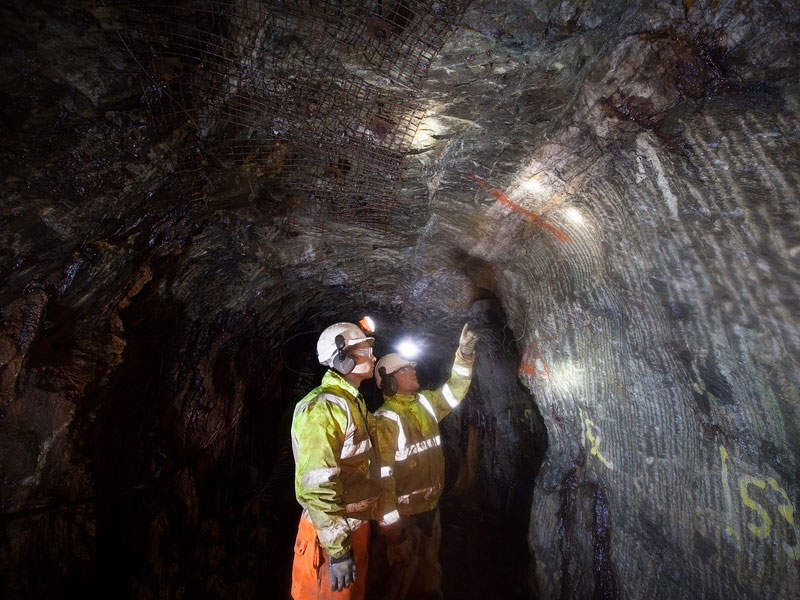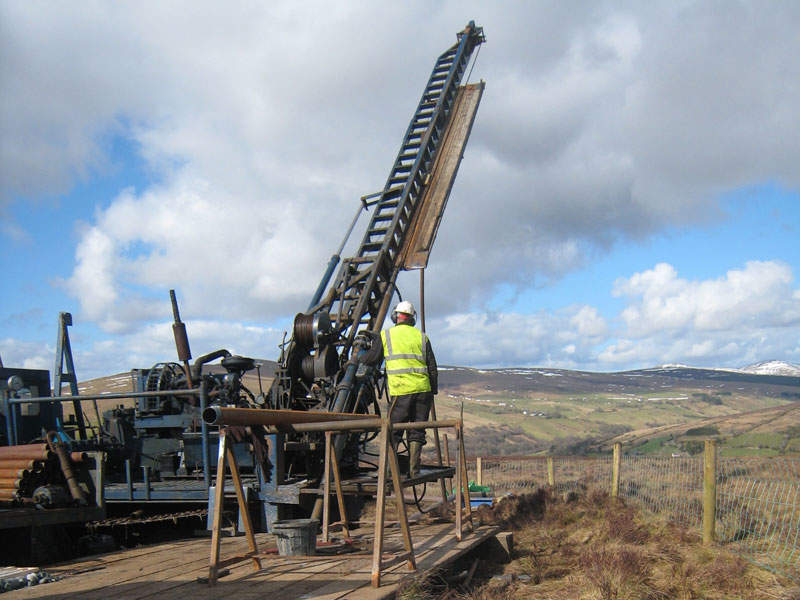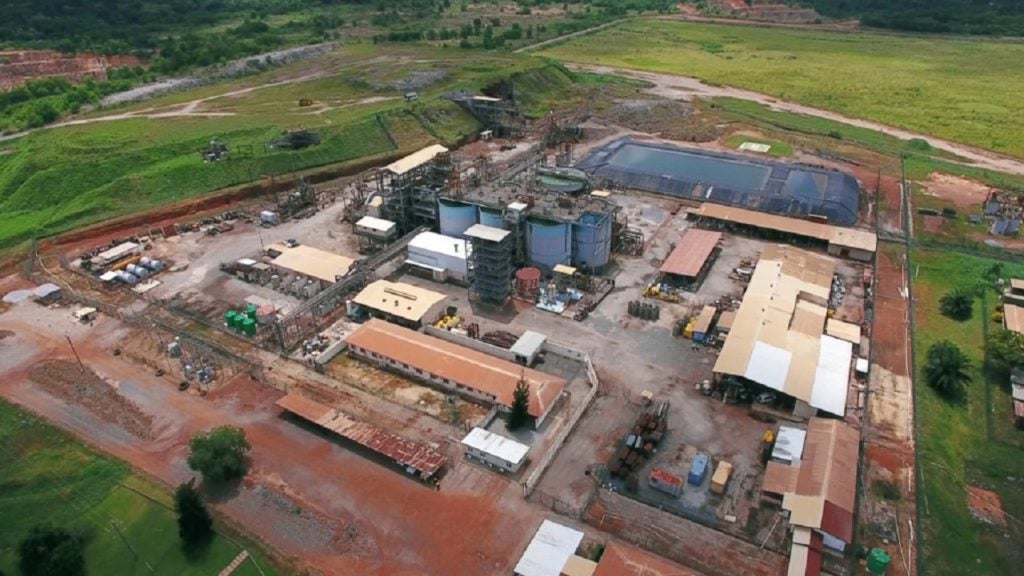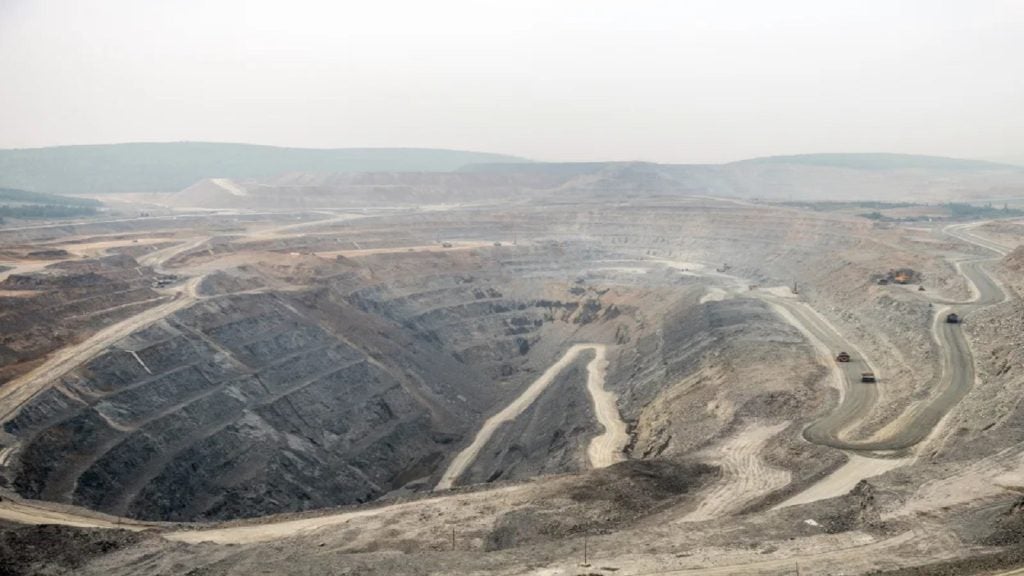The Curraghinalt project is an underground gold mine being developed in the Tyrone County, Northern Ireland.
Located 127km west of Belfast, it is a high-grade, gold-bearing deposit.
The mine is estimated to produce approximately 1.36Moz of gold and 0.38Moz of silver over an initial mine life of 10.5 years at an average overall gold recovery of 94.3%.
Dalradian Resources is the developer of the project, which is expected to create at least 300 jobs during construction and approximately 350 permanent positions during operation.
A feasibility study (FS) was completed in December 2016, which will be supported by further planned geotechnical drilling and ore-sorting tests in 2017.
Curraghinalt gold project geology
The Curraghinalt project is classified into DG1, DG2, DG3, DG4, DG5 and DG6 mining licenses. Except DG2, the licenses host Neoproterozoic-aged rocks belonging to the Dalradian Supergroup, which is divided into the Argyll and Southern Highland groups.
The DG2 licence is underlain by the Tyrone Igneous Complex and is capable of hosting volcanic massive sulphide mineralisation in addition to porphyry copper-gold and iron-gold exhalites.
The gold deposit is hosted by the Mullaghcarn Formation, which comprises 16 prominent gold-bearing quartz veins contained within semi-pelites and psammites of the Dalradian Argyll Group.
Gold mineralisation at Curraghinalt
Mineralisation at Curraghinalt occurs in a series of west-northwest trending, moderate-to-steep, dipping, and stacked veins and arrays of narrow extension veinlets. The veins are hosted by the Neoproterozoic Dalradian rocks within the central portion of the Sperrin Mountains.
Most of the gold mineralisation is associated with variable abundances of carbonate, chalcopyrite, and tennantite-tetrahedrite. Gold appears in the form of native gold and more rarely as electrum, occuring primarily along fractures in pyrite, as inclusions in pyrite, or at pyrite grain contacts with carbonate and quartz.
Reserves of the Irish gold mine
The Curraghinalt mine is estimated to contain proven and probable mineral reserves of 1.44Moz of gold and 0.66Moz of silver.
Mining and ore processing at Curraghinalt
The underground Curraghinalt gold deposit will employ sub-level longhole open stoping (LH), cut and fill (C&F), and longhole uppers (LHUP) mining methods depending upon the geotechnical rock quality and the vein system.
Run-of-mine (ROM) ore will be processed in a 1,500tpd process plant, which has an overall availability of 92%.
The ore will be crushed in a jaw crusher and stored in a covered stockpile before feeding into the grinding circuit, which comprises a 68tph semi-autogenous grinding (SAG) mill.
Working in closed circuit with a hydrocyclone cluster, the SAG mill will produce a final particle size P80 of 240μm. The cyclone underflow from the SAG mill will be fed to a rougher flotation circuit to produce a concentrate, which will then be thickened and taken to a small regrind mill to reduce the particle size from P80 to 50μm. It will then be forwarded to the carbon-in-leach (CIL) circuit, where the slurry will be leached and the dissolved gold and silver adsorbed onto activated carbon.
Activated carbon will be washed and stripped to produce a pregnant solution, which will be used to recover gold sludge through electro-winning. This will then be drained, filtered, dried and smelted in an electric, direct-fire induction furnace to produce gold doré.
Infrastructure facilities
A new 1.9km road from the south main road (Crockanboy Road) will be constructed to access the mine.
Power will be provided through a 33kV transmission line from the Strabane 110/33kV substation. Northern Ireland Electricity Networks (NIE) will construct the power supply line.
Potable water will be sourced from the main Northern Ireland Water connection through a new 90mm pipe, while fresh water is proposed to be extracted from the clean water pond located east of the plant site.
Key players involved
JDS Energy and Mining prepared the feasibility study report for the mine with contribution from SRK Consulting (Canada).
Dalradian has awarded the underground mine development contract to QME and the surface works contract to FP McCann.

